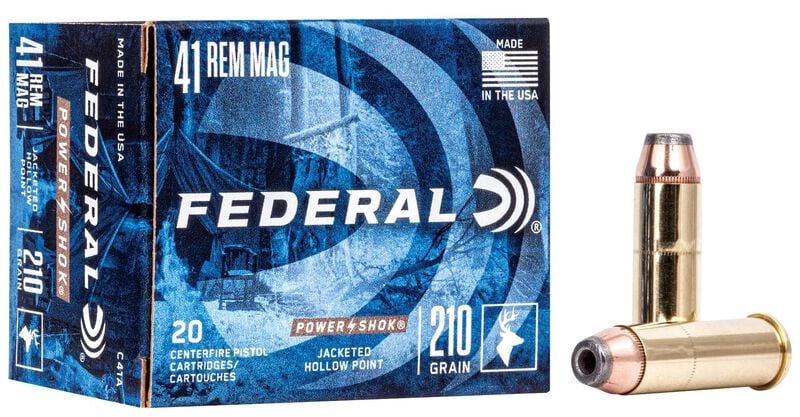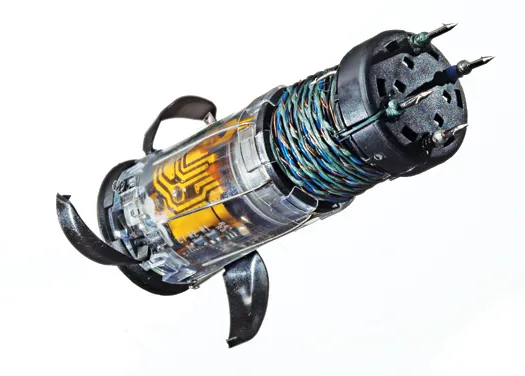Imagine being three of the most prominent revolver shooters, lawmen, and legends in the firearms community and having an idea. Elmer Keith, Bill Jordan, and Skeeter Skelton are giants in the revolver world. These three men passed decades ago at this point, but their legend lives on. That’s how big these guys were. They were the influencers of their era. Gun companies (mostly) listened to them. I say mostly because Remington surely didn’t when it came to the .41 Magnum.
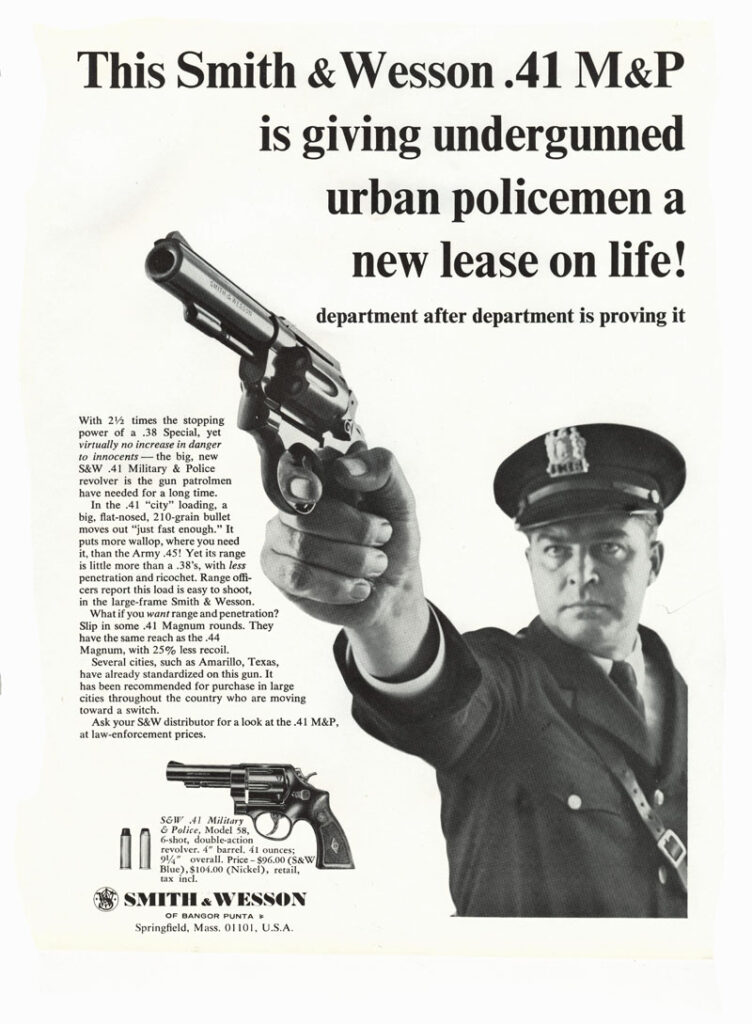
The .41 Magnum is a largely forgotten caliber in the modern firearm zeitgeist. Hardcore revolver guys still appreciate it, but it’s like the 10mm of revolvers. It’s a cult favorite that never made a massive impact. That’s not because it wasn’t a good round; it’s because Remington couldn’t be bothered to listen to three of the most impactful revolver experts known to man.
Advertisement — Continue Reading Below
The .41 Magnum and the Experts
The primary forces behind the .41 Magnum were Elmer Keith and Bill Jordan, with some input and expertise from Skeeter Skelton. For some, those names might not mean much. These guys were revolver experts who helped craft what we know as modern revolvers. Understanding Remington’s blunder is tough until you consider the expertise they ignored.
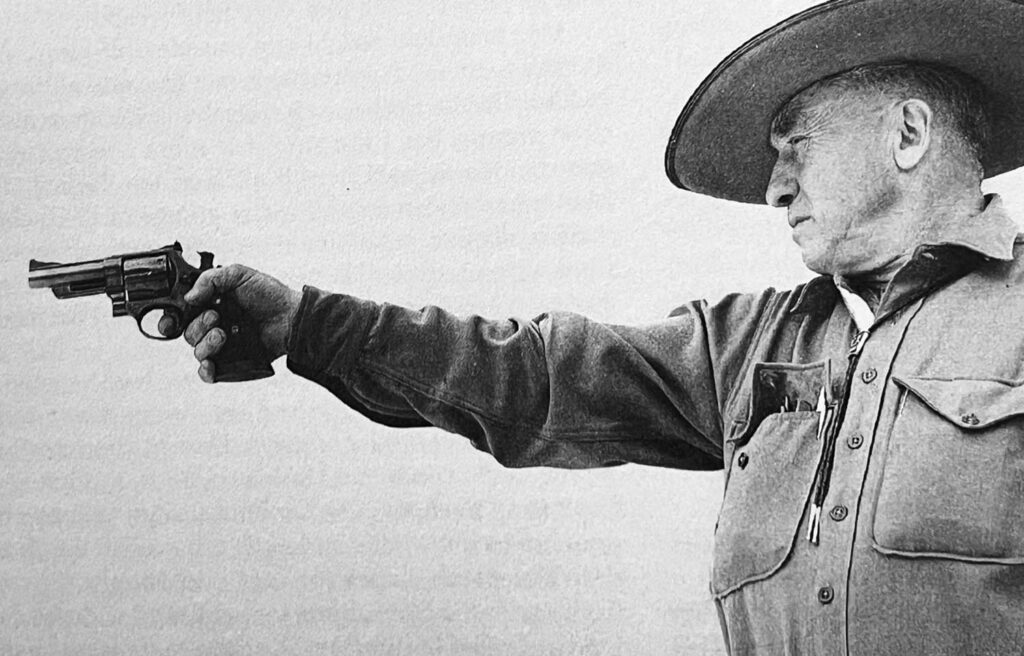
Bill Jordan served as a Marine in both WWII and Korea, eventually retiring as a Colonel from the reserves. Jordan also served the US Border Patrol for 28 years. He developed holsters and grips and convinced S&W to produce K-frame .357 Magnums. He wrote numerous articles and books on revolvers and shooting, the most famous of which is No Second Place Winner.
Advertisement — Continue Reading Below
Elmer Keith was a revolver enthusiast and firearm expert. He designed the .357 Magnum and, later, the .44 Magnum. Keith convinced S&W to produce revolvers and Remington to produce the ammo for his cartridges. He designed Keither-Style bullets, which were modified semi-wadcutter designs. He also wrote extensively and is called the dean of American gun writers.
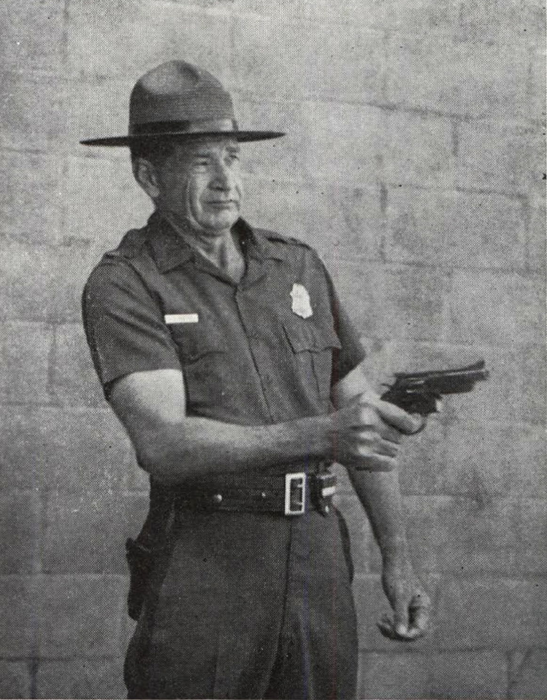
Skeeter Skelton held many titles. Skelton was a Marine, a Border Patrol Agent, a Sheriff, an investigator with Customs, and a Special Agent with the DEA. He was a freelance firearms writer who eventually retired from law enforcement to become a full-time writer. He was a handgunner and revolver man often credited with reviving the .44 Special.
Advertisement — Continue Reading Below
These three were titans who came together to create the .41 Magnum.
The Vision of the .41 Magnum
The idea behind the .41 Magnum was to create a police and self-defense cartridge between the .357 Magnum and the .44 Magnum. The new cartridge would address the weaknesses of both. The .357 Magnum has terminal ballistics issues, which became less of a problem when JHPs improved and we weren’t stuck with soft lead bullets.
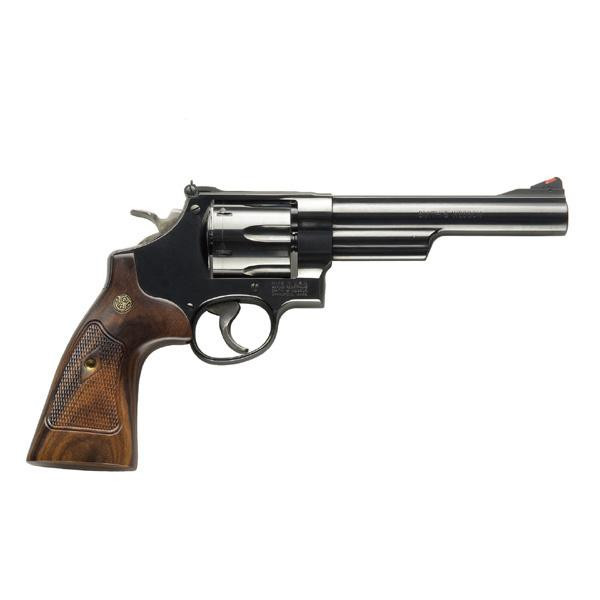
Advertisement — Continue Reading Below
The .44 Magnum was too powerful and uncomfortable to shoot. It required a larger, heavier revolver and was inappropriate for police use. The .41 Magnum could offer better terminal ballistics without the recoil and need for a massive revolver.
Keith initially had the idea of a .41 Special round. His musings were written in 1955. In 1963, work began to develop the .41 Magnum. By this time, the Magnum craze was on, so the “Special” moniker was dropped in favor of the .41 Magnum.
The cartridge’s initial vision was twofold. You could have a true magnum round throwing a 210 grain round at 1,400 feet per second, appropriate for magnum tasks like hunting big game. For defense and police work, they developed a tamer load throwing a 200 grain semi-wadcutter at 900 FPS.
Advertisement — Continue Reading Below
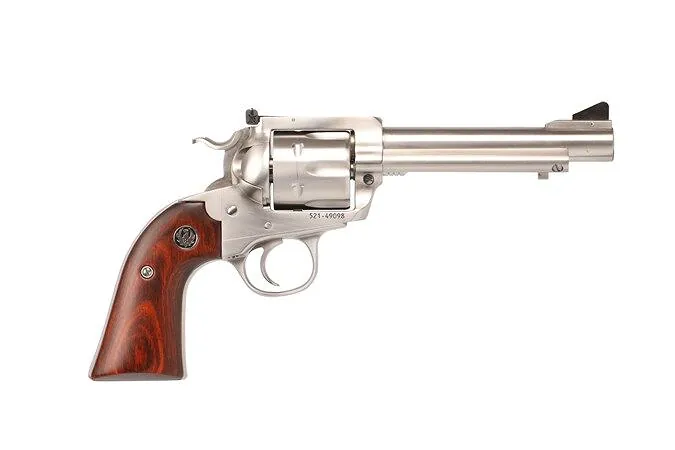
The experts had a simple idea to create a versatile and capable round. Then, the proto-MBAs got involved.
How to Ruin a Good Idea
In the 1960s, the American market was overcome by the Magnum craze. Remington’s head honchos saw dollar signs and decided to take the .41 Magnum blueprint and Magnum it even more. The .41 Magnum round was released, firing a 210 grain projectile at 1,500 feet per second, while the lighter police load moved at nearly 1,200 feet per second.
Advertisement — Continue Reading Below
The recoil turned off police forces used to the .38 Special. Additionally, S&W decided to produce N-frame revolvers for the .41 Magnum, using the same heavy frame used for the .44 Magnum. This meant the size and weight concerns weren’t addressed, and the guns were still too heavy and large for police use.
A few police agencies adopted the cartridge, but it wasn’t successful. It didn’t achieve the goals the experts aimed for. Instead, it produced what was largely viewed as a round too powerful for police work and underpowered compared to the more popular .44 Magnum. The dream of the .41 Magnum would never be realized.
The .41 Magnum Today
The .41 Magnum still has a cult following. Many enthusiasts appreciate the cartridge design and its potential. It’s one of the more underrated options. It’s interesting to think about what could have been but never will be, thanks to the industry’s failure to listen to experts.
Advertisement — Continue Reading Below
